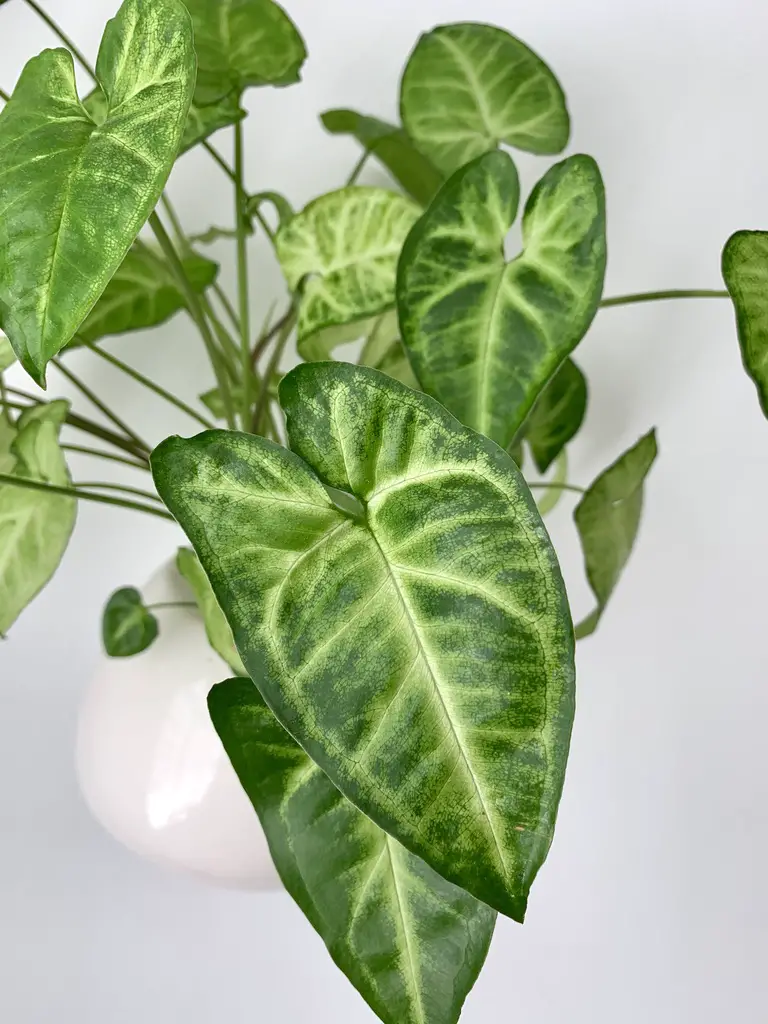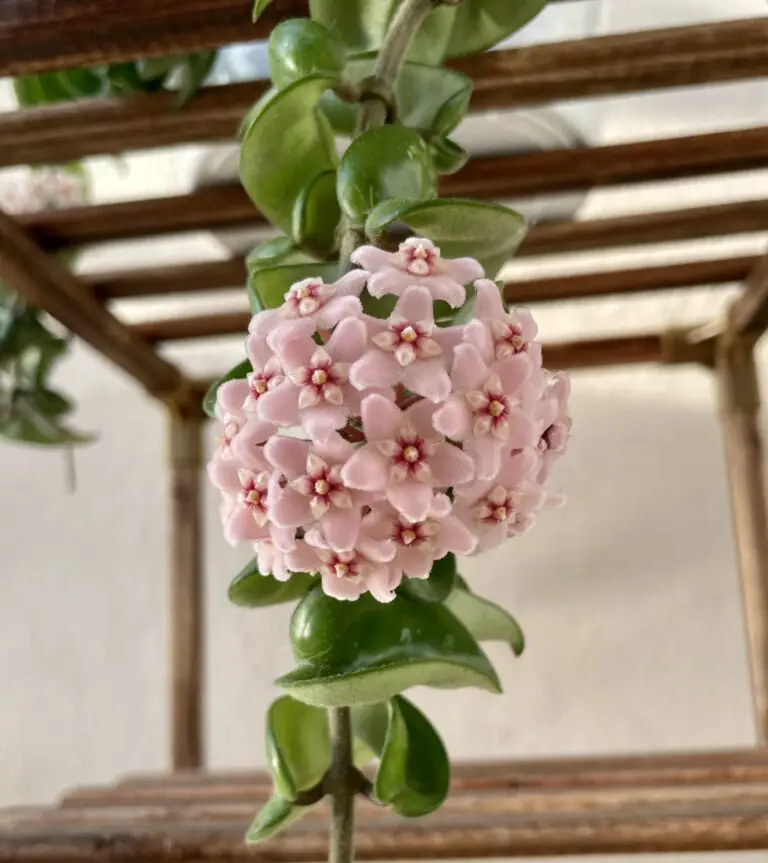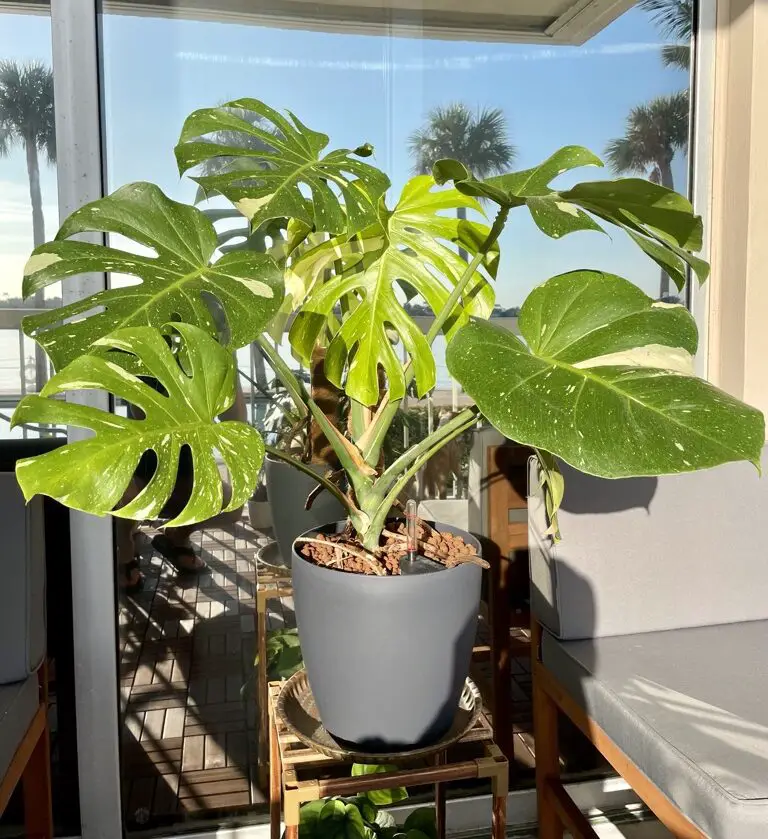Syngonium Podophyllum is a popular evergreen houseplant. Most often they are kept as long vines spanning many feet in length once mature. Their popularity can be attributed to their ease of care as well as their fast-growing nature. The Arrowhead Vine can grow in many conditions ranging from low light to bright indirect light. If given more light the variegation on the leaves becomes more prominent and vibrant. As seen in the photograph below.
Syngonium Podophyllum Care: Plant Syngonium Podophyllum in well-draining soil using a pot with ample drainage holes. Place in bright to medium indirect light, avoiding harsh direct sun. Provide temperatures between 60-85F. Allow your Syngonium to partially dry out between waterings.
Arrowhead Plants are also quite hardy, they can withstand some abuse and will still grow surprisingly robust. Like with many plants, the most helpful thing you can do is not overwater your Syngonium, the soil should remain moist but never waterlogged. When they require water, they will let you know by drooping their leaves as well as fading their vibrant green colors.
About Syngonium Podophyllum
Botanical Name: Syngonium Podophyllum
Common Name: Arrowhead Plant, Arrowhead Vine, Nephthytis, American Evergreen
Family: Araceae
Origin: From Mexico to Ecuador
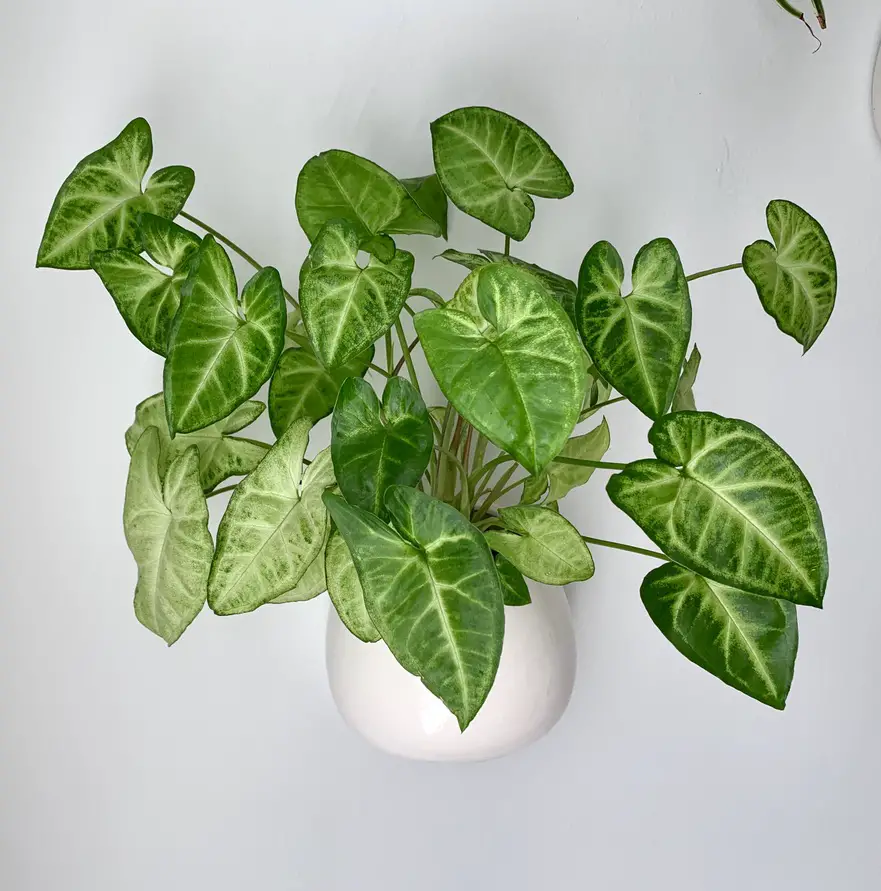
Syngonium Podophyllum Light Needs
Syngonium will do best if placed in a spot receiving bright indirect light. They can also tolerate some direct sun, but beware too much will quickly burn their foliage.
Choosing the right spot will have the biggest impact on how your plant grows in your home. A few feet back or directly to the side of an East, West, or South-facing window is ideal. If you are placing your Syngonium by a north window make sure it is as close to the light source as possible.
It is worth noting that the more sunlight your Arrowhead Vine receives the more vibrant its foliage will be. When placed in a dark corner Syngonium will survive but it will most likely have pale, less variegated leaves. In lower light conditions the vine also becomes leggier with smaller leaves.
When To Water Syngonium
Ideally, you will allow your Syngonium to dry out almost completely between waterings. Arrowhead Plants are quite vocal when they are in need of water. You should notice drooping, limp foliage, and a lack of color when your Syngonium has been dry for too long.
While it may look dramatic when the foliage is limp and void of color, your plant will quickly bounce back once it is thoroughly watered. Just be careful to not allow it to dry out for too long, once the lower leaves crisp and turn brown they will not rehydrate with the next watering.
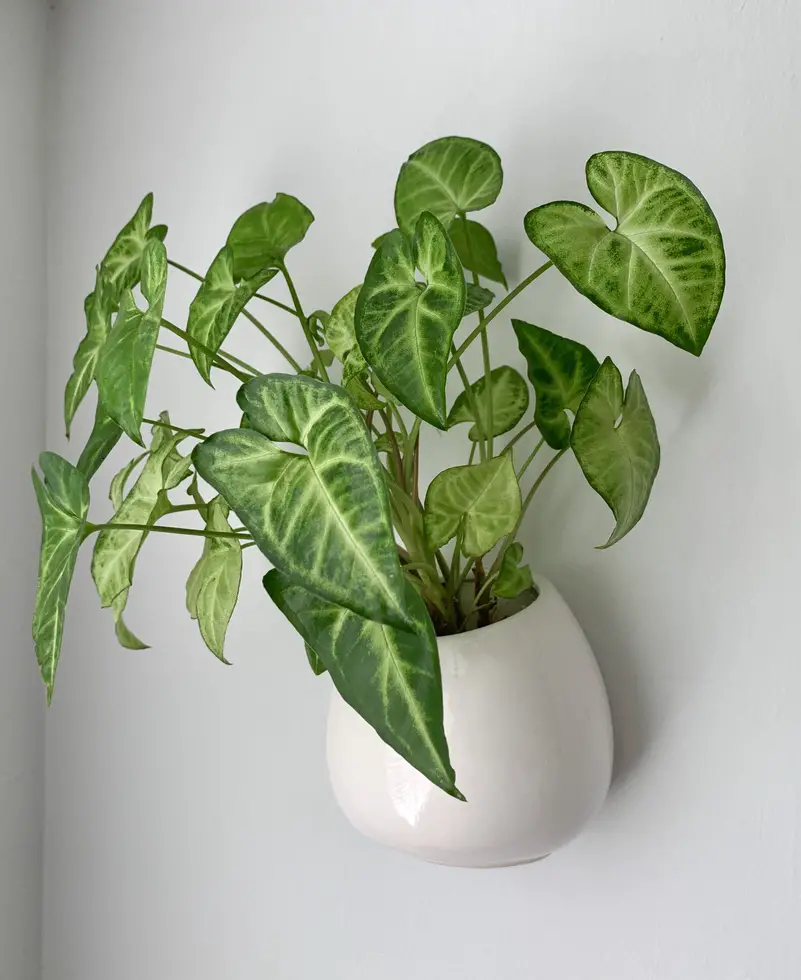
The most common issue plant owners have with their Syngonium is root rot. To avoid any potential problems arising from root rot it’s best to allow your plant to dry out almost completely between waterings. If you are usually heavy-handed with the watering can, try placing your Arrowhead in a bright spot to counteract the extra water. If your plant receives more light it will speed up its growth and photosynthesis using more water.
If you notice your plant is displaying signs of decline such as; droopy leaves, limp stems, bleached color, or slow growth, it’s best to check the soil immediately. If you notice the soil is wet or heavily saturated it is best to remove the plant and check for root rot. Most times you can save your plant by trimming away any rotted roots and repotting it into fresh, dry soil. Once potted in its new home make sure to water sparingly until the plant is established.
Syngonium Temperature Requirements
Syngonium Podophyllum will grow just fine if provided with regular indoor temperatures. Ideally, the spot you have placed it in doesn’t reach temperatures below 60F or above 90F very often. While your Syngonium can manage some spurts of higher temps, anything below 50F will send it into shock, causing the foliage to die back and the plant to go dormant.
In their native habitat, these plants are used to cooler nights and rather hot daytime temperatures. If you want to keep your Arrowhead Vine outdoors for part of the year make sure they aren’t exposed to cold nighttime temperatures as this will cause a quick decline. I would also recommend against keeping them outdoors if you’re unable to provide a fully shaded spot.
Humidity Preferences For Syngonium Podophyllum
Being native to semi-tropical climates in Central and South America, these vining plants prefer as much humidity as you are able to provide them with. They are forgiving to environments with lower humidity levels as well, making them very easy to care for indoors. If you live in a warm climate like southern Florida or somewhere with a similar climate it’s important to remember that Syngonium Podophyllum can become an invasive species if planted outdoors.
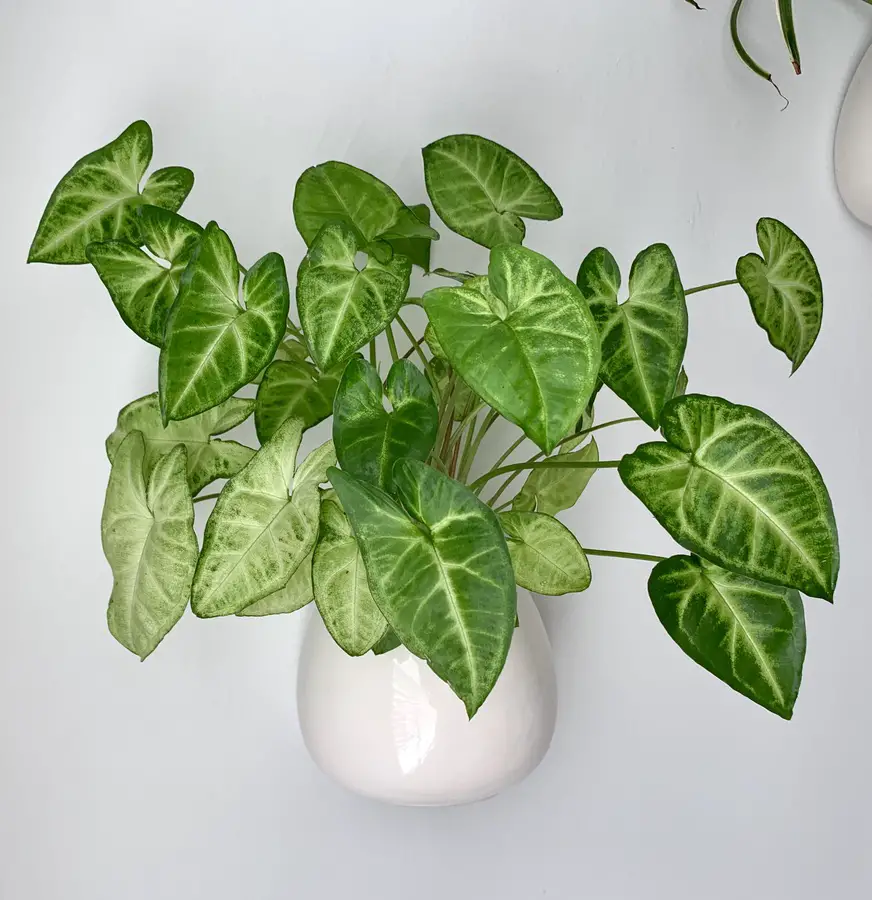
Syngonium Podophyllum Toxicity
According to the ASPCA, Syngonium is toxic to both cats and dogs.
Though they are not toxic to humans. They aren’t recommended for consumption as they do not provide much in terms of flavor or nutritional value.
